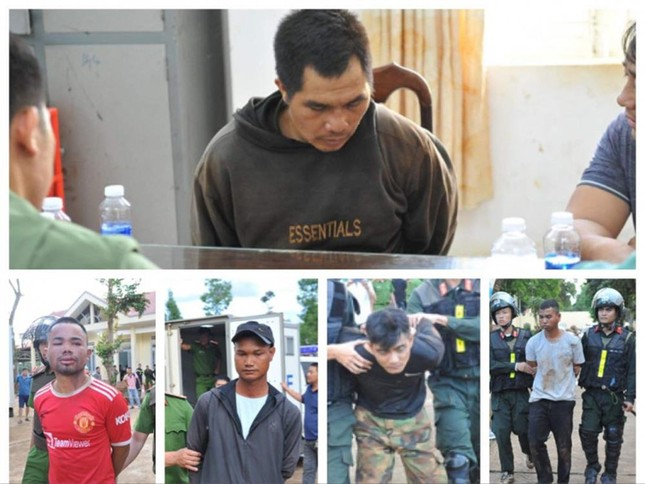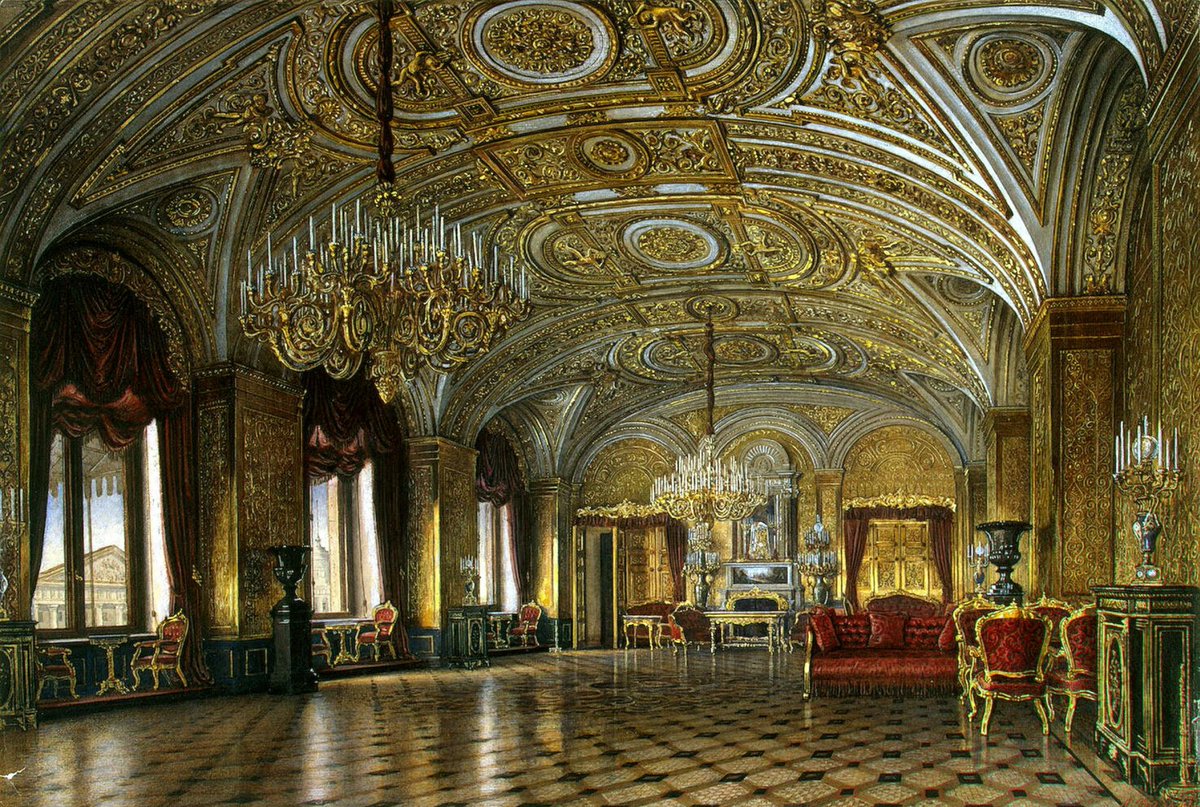The recent news about shootings in #Vietnam's police stations in Đắk Lắk, a province in Central Highlands, may have now recaptured the issues about the history of Montagnards, a group of indigenous tribes living in the region.channelnewsasia.com/asia/several-k…
The shootings and recently captured assailants, published by state media, may only further indicated the possible historical grievances in a region that has been largely considered pacified by the Vietnamese regime. 

Montagnards, the first indigenous peoples in the Highlands, has a long history of frictions with the Vietnamese rulers. The region was absorbed by the Nguyễn dynasty in the 19th century as part of Southward expansion, but Vietnamese made contacts even earlier than that. 

The French colonial administration exacerbated the divisions by allowing American missionaries to Christianise the population, while at the same time, tacitly allowed Vietnamese to migrate to the region due to rich natural resources there. 



After French troops were removed from Vietnam in 1954, the Republic of Vietnam, or South Vietnam, aggressively accelerated the Vietnamisation process of the Montagnards. It had resulted in widespread anti-Vietnamese sentiment among the tribal population. 

But the Montagnards also deeply resented communists, which made them natural enemy of North Vietnam as well. As for the result, they only agreed to support the #USA, whose past missionaries influenced their behaviour. Montagnards fought both North and South Vietnam in the war. 

This ensured the enmity between Montagnards and Vietnamese, especially with the development of #FULRO insurgency.nytimes.com/2017/06/09/opi…
In 1974, the Montagnards rebelled against the South Vietnamese authorities. This rebellion was brutally put down by the Armed Forces of Republic of Vietnam (ARVN), but this only deepened their hatred against Vietnamese.nytimes.com/1974/11/02/arc…
The establishment of the Communist regime after April 1975 did little to help the Montagnards. Montagnards fiercely fought the Vietnamese communists, with their conflict turned increasingly nationalistic.refworld.org/pdfid/5970855d…
FULRO's collapse in 1992, plus Vietnam's economic reforms earlier, was detrimental for the Montagnards, as they were left isolated and cut off from biggest backers like #China and #Thailand.cne.wtf/2021/01/17/war…
Montagnards who fought Vietnam eventually chose to flee for most part, and they caused a significant refugee crisis that continued to today due to Vietnamese colonisation in the region.thevietnamese.org/2019/09/montag…
Those who stay continues to feel marginalised by the government, and a large-scale unrest in early 2000s was the product of such historical problems.hrw.org/news/2004/04/1…
Montagnard diaspora, mainly in the United States, are also not sympathetic to the South Vietnam cause of the Vietnamese diasporas. For Montagnards, the flag of South Vietnam represents the very painful past of discrimination by the Saigon rulers. 

This is even more relevant with regard to politics. Whereas Vietnamese Americans and other diasporas are right-wing and conservatives, Montagnards are predominantly liberal. This is important, given Vietnamese participation in the Capitol Hill riot. 

The recent shootings in Đắk Lắk are no doubt, the continuation of resentment that began for two centuries ago. And what has happened there demonstrated that the grievance is far from moving on.
While there has been a growing number of Montagnards gaining recognition in Vietnamese society, such as model H'Hen Niê (who participated in the 2018 Miss Universe), it has not addressed the core problem.
This means it's likely more violence may soon come in the future, as racial frictions between Vietnamese and Montagnards continue to be felt socially, politically and culturally. What ever flag to be used in Vietnam, this will need to be answered.
• • •
Missing some Tweet in this thread? You can try to
force a refresh

 Read on Twitter
Read on Twitter














